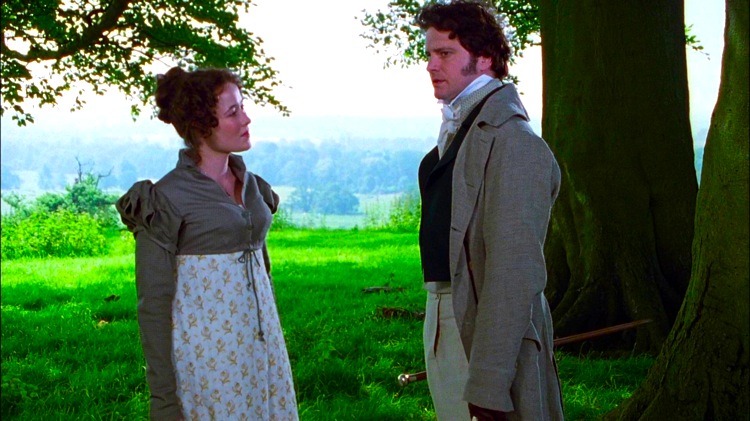
By David Ross. I have previously commented on film’s mismanagement of the lives of authors (see here). Film does somewhat better with the works of authors, and indeed regularly eclipses its source texts. Who recalls that The African Queen was a 1935 novel by C.S. Forrester? Or that Rear Window began as a 1942 short story by one Cornell Woolrich (1903-1968), a second-tier crime novelist in the Hammett/Chandler mode? Or that Vertigo was a 1954 novel by Pierre Boileau and Pierre Ayraud, writing under the pen name “Boileau-Narcejac”? Or that Psycho was a 1959 novel by Robert Bloch?
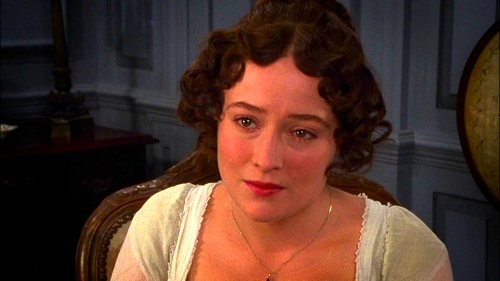
Upstart movies supplant even relatively good novels. Stanislaw Lem’s Solaris, Larry McMurtry’s The Last Picture Show, Mario Puzo’s The Godfather, and Arthur C. Clarke’s 2001 come to mind. Between them, James Ivory and David Lean gave E.M. Forster a run for his money no less than four times. Poor James M. Cain, a gritty crime novelist of no mean talent, gave film a bountiful gift of storylines and wound up rendering his own works nearly irrelevant. Double Indemnity (1944), Mildred Pierce (1945), and The Postman Always Rings Twice (1946) were all adaptations of his largely forgotten novels. Even Ernest Hemingway has been outdone. Howard Hawks’ To Have and Have Not (1944) – the first film to pair Bogart and Bacall – turned Hemingway’s mediocre novel of 1937 into a kind of Caribbean Casablanca. As far as I know, nobody has read Hemingway’s novel since. Hemingway himself hated the novel, so we can hardly blame ourselves for ignoring it.
Truly great literature is typically too dense, intricate, linguistic, and interior to be anything but a celluloid fiasco. Melville, Dickens, Tolstoy, Joyce – they’ve all been made ridiculous by directors who believed they were up to the challenge of world-historical storytelling. Orson Welles tried to match wits with Kafka’s Trial (1962), but even he should have known better. Martin Scorsese brought the eye of a Dutch master to the period detail of Edith Wharton’s Age of Innocence (1993), but in the end his film is undone per Hollywood formula: too much eye candy (Michelle Pfeiffer and Winona Ryder), not enough theatrical competence. John Woo, best known for realizing that tough guys look twice as cool with a gun in each hand, recently tried to bring the greatest of all Chinese novels, The Romance of the Three Kingdoms, to the big screen. The resulting epic, Red Cliff, crams several thousand pages into three hours of film, a good two hours of which are devoted to shots of arrows whizzing in thick bunches. Those training to be Olympic archers will love it; students of Chinese literature not so much.
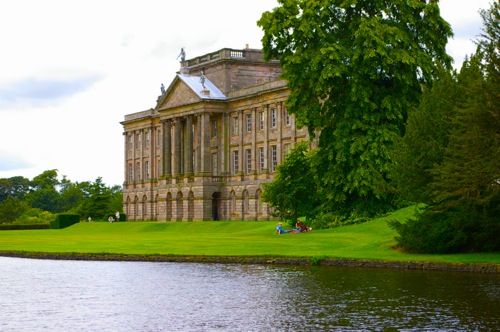
The only major author to emerge smelling something like roses is Jane Austen. While no film is likely to rival her novels, which may be the greatest – and are certainly the most charming – ever written, the BBC’s 1995 miniseries is a marvelous effort, perhaps the most faithful adaptation of a canonical literary work in the history of film. Jennifer Ehle (a North Carolinian no less) is the perfect Elizabeth Bennett. She shifts with liquid ease between sense and sensibility without upsetting the comfortable equilibrium of Elizabeth’s personality. This is indeed the trick: Elizabeth must be dual without being divided; her different sides must be integrated and seamless; she must be both things at once. In terms of craft, Ehle, who was then twenty-six, throws looks like some character actress of the 1930s cannily drawing on the stage experience of six decades. Her every shift of expression has logic and purpose; this is not method acting, but something like sculptural creation, each gesture like the tap of the chisel. It’s a testament to Ehle’s performance that her looks grow upon us just as they are supposed to grow upon Mr. Darcy. We begin by overlooking her unassuming loveliness; by the end, her dark ringlets and mischievous smile have thoroughly captured our attention. If there is a quibble to be made, it’s only that Ehle is likely to invade our mind’s eye next time we read Pride and Prejudice.
The rest of the cast is almost as good. Benjamin Whitrow (as Mr. Bennett), Alison Steadman (Mrs. Bennett), David Bamber (Mr. Collins) and Nadia Chambers (Lady de Bourgh) festoon the entire production in drollery; in the annals of British comedy, they stand in their way with John Cleese as Basil Fawlty and Rowan Atkinson as the Black Adder. Anne Chancellor (apparently a distant relation of Jane Austen herself) plays Miss Bingley with fully unsheathed feline claws. Colin Firth, whose performance as Mr. Darcy made him a star, is ironically the production’s weak link. Mr. Darcy should be unpleasantly arrogant without being outrageously rude or brutal. He must elicit prejudice, but not so much that Elizabeth’s eventual conversion seems inexplicable. Firth may overplay his character’s ill manners, while not quite managing to project the allure of his manly reserve. For what it’s worth, my wife – who’s the real expert in the house, having read P&P maybe twenty times – thinks otherwise.
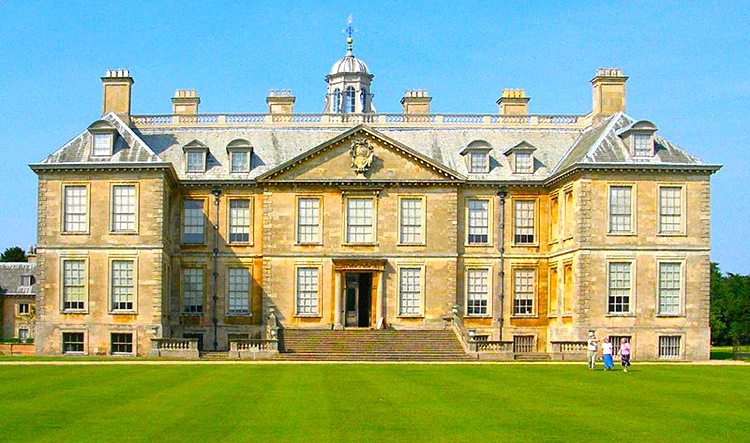
More subtly, the production has a brilliant metaphoric instinct for architecture and interior design. Each of the principal locations – Lyme Hall (exteriors) and Sudbury Hall (interiors) as Pemberley, Belton House as Rosings, Edgcote Hall as Netherfield, Luckington Court as the Bennetts’ Longbourn – is a physical representation or objective correlative of its residents. In general terms, the Palladian grace of the buildings’ capture the elegant order of Austen’s world and make clear its principal values: restraint, balance, hierarchy, decorum, tradition. Belton House (built 1685) is a particularly perfect edifice – surely one of the most beautiful in England. As Youtube’s user comments make clear, every woman yearns for her own Mr. Darcy. I, for one, yearn for my own eighteenth-century parsonage.
The 2005 version of Pride and Prejudice, by contrast, has almost nothing to recommend it. Directed by Joe Wright for Working Title Films (parent company: NBC Universal), the film is Hollywood in fancy dress, with the usual aesthetic complacency and nervous pandering. Needless to say, the production was a critical and commercial hit, nabbing four Academy Award nominations, including best actress for Keira Knightley. Peter Bradshaw opined in the Guardian that only “a snob, a curmudgeon, or someone with necrophiliac loyalty to the 1995 BBC version…could fail to enjoy her performance.” Call me a snob, a curmudgeon, and a necrophile – I’ve been called worse.
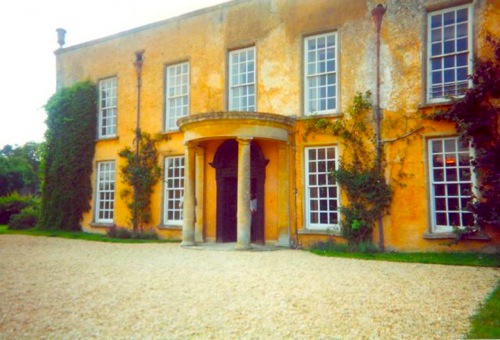
The piñata bat please .
The first problem is that the film makes itself ridiculous by incorporating large chunks of inane, anachronistic dialogue, at which the educated viewer can only laugh. The second problem is that the film is, like nearly all Hollywood films, knee-jerk in its romantic assumptions and perspectives. It thus misconstrues a pre-romantic text, creating subtle metaphysical and psychological incongruities at every turn (see particularly the preposterous final scene, in which Elizabeth and Darcy seem to think they’re in a Nora Ephron film). The third problem is that Keira Knightley, while capable of intensity and passion, has not the least notion of wit. The fourth problem is that the film makes a fumbling mess of its architectural opportunities (see above), staging a meaningless dichotomy between ostentation (Pemberley and Rosings) and rusticity (Longbourn). The fifth problem is that the film, aiming presumably at what it takes to be historical accuracy and conscientious de-glamorization (a favorite Hollywood mechanism when wanting to be taken seriously), plays up the scruffiness and muddiness of Austen’s world, so much so that Longbourn seems little better than a rude farmhouse mired in animal dung. This emphasis may or may not be historically correct, but it certainly has nothing to do with the spirit of Austen’s novel. The sixth problem is that Donald Sutherland (as Mr. Bennett) and Judy Dench (as Lady de Bourgh) merely posture for paychecks, while the cast as a whole is hapless in comparison to its BBC counterpart (compare for example the two Wickhams). The seventh problem is the kind of compression that is unavoidable when longish books become shortish films; in this case, the camera charges from scene to scene like a tourist on a packaged European tour. The eighth – and most urgent – problem is that the film (again in keeping with its romantic tendencies) hasn’t the least suspicion that Austen’s novel is supposed to be funny, nor any interest in being funny itself.
The film’s only redeeming feature is Keira Knightley’s bone structure. Collar bones, cheek bones, swan’s neck – what does Palladio know about form?
Posted on July 18th, 2010 at 12:40pm.
Very nice piece, David.
Re: C.S. Forrester, Cornell Woolrich, Pierre Boileau and Pierre Ayraud, Robert Bloch . . . . . Philip K. Dick?
I think Dostoevskii adaptations have punched far above their weight.
The greatest animator ever, Aleksandr Petrov, brilliantly painted an oil-on-glass The Dream Of A Ridiculous Man. http://www.youtube.com/watch?v=Tin6ScqzKCc http://www.youtube.com/watch?v=IsRhDy0SkYY http://www.youtube.com/watch?v=SqzQEmkVh_U Petr Zelenka’s “Karamazovs” pares down The Brothers Karamazov to put it on stage and ends up being genuinely moving. Akira Kurosawa’s version of The Idiot is secretly quite good. Andrzej Wajda did a good version of Demons called “The Possessed.” Brad Anderson transplanted The Double: A Petersburg Poem to the U.S. in The Machinist. Robert Wiene’s “Raskolnikow” is a crazy version of Crime And Punishment.
All of these actually add to the works without (of course, in my opinion) supplanting them. Plus, you know, the author’s actually worth reading. *throws down gauntlet* Kidding.
I’ve never seen the 1995 film version of P&P; I suppose I will now. I agree, though, that the best part of the 2005 version was watching Keira Knightley.
Oh God, thank you. I found the 2005 version of P&P toe-curlingly bad. Having read the book many times, I find the Jennifer Ehle version to be completely wonderful and true in spirit to the novel.
Excellent piece David. I agree that the 1995 “Pride and Prejudice” is much better than the 2005 version.
That said, I believe that the best “Pride and Prejudice” ever is the classic Hollywood version starring Greer Garson and Laurence Olivier. The writing, acting, and directing are perfect.
My problem with the Olivier-Gerson is for some reason the movie is moved into the early Victorian era.
Mike!!! I’ve been trying to reach you! Thanks for writing in!
David, I agree with your wife … Colin Firth is a fine Mr. Darcy, handsome, intelligent, and suitably arrogant. However, he needs a little more warmth and charm, in my opinion.
I agree with Trojan Horse that the best Mr. Darcy is Laurence Olivier. Olivier’s Darcy is handsome, intelligent, and also arrogant (or as they would say in the old days, proud), but with considerable charm, warmth, and wit as well so we understand why Elizabeth falls in love with him.
David – I thought Welles did an excellent job with Kafka’s “The Trial.” The cast was perfect – Anthony Perkins, Jeanne Moreau, Welles himself – and the Eastern European settings (I wonder if there was a critique of Eastern European Communism here) were eerie and uncanny. I thought it was photographed and edited superbly with claustrophobic scenes that conveyed perfectly the labyrinthine madness that the hero finds himself trapped in.